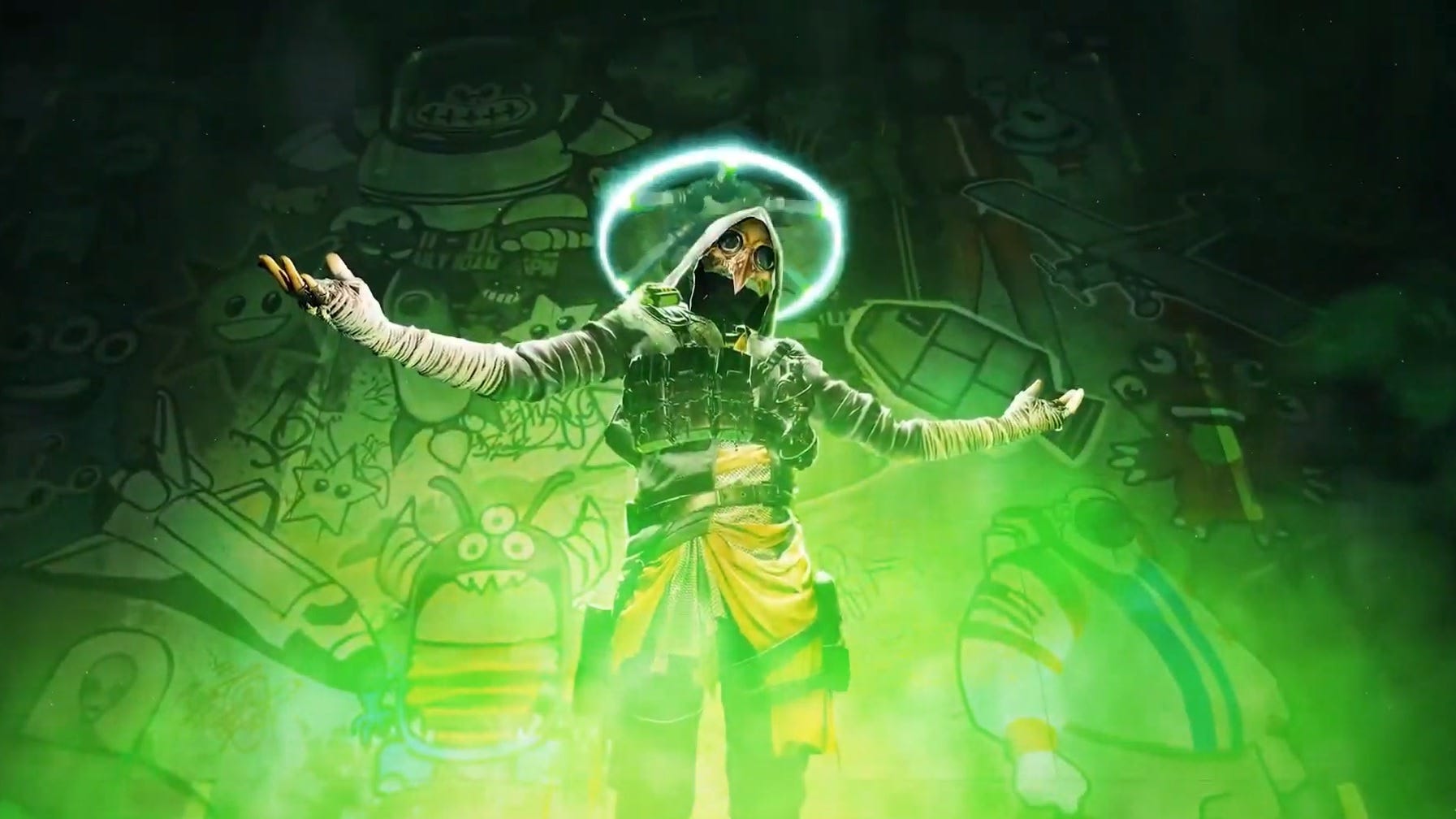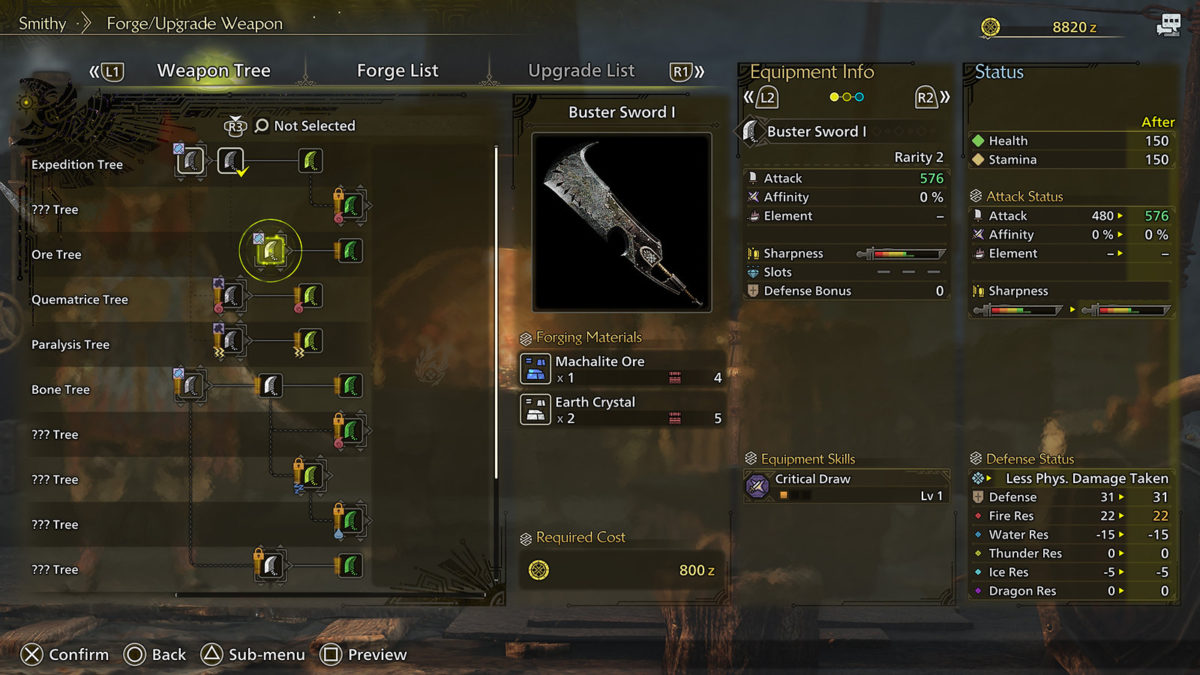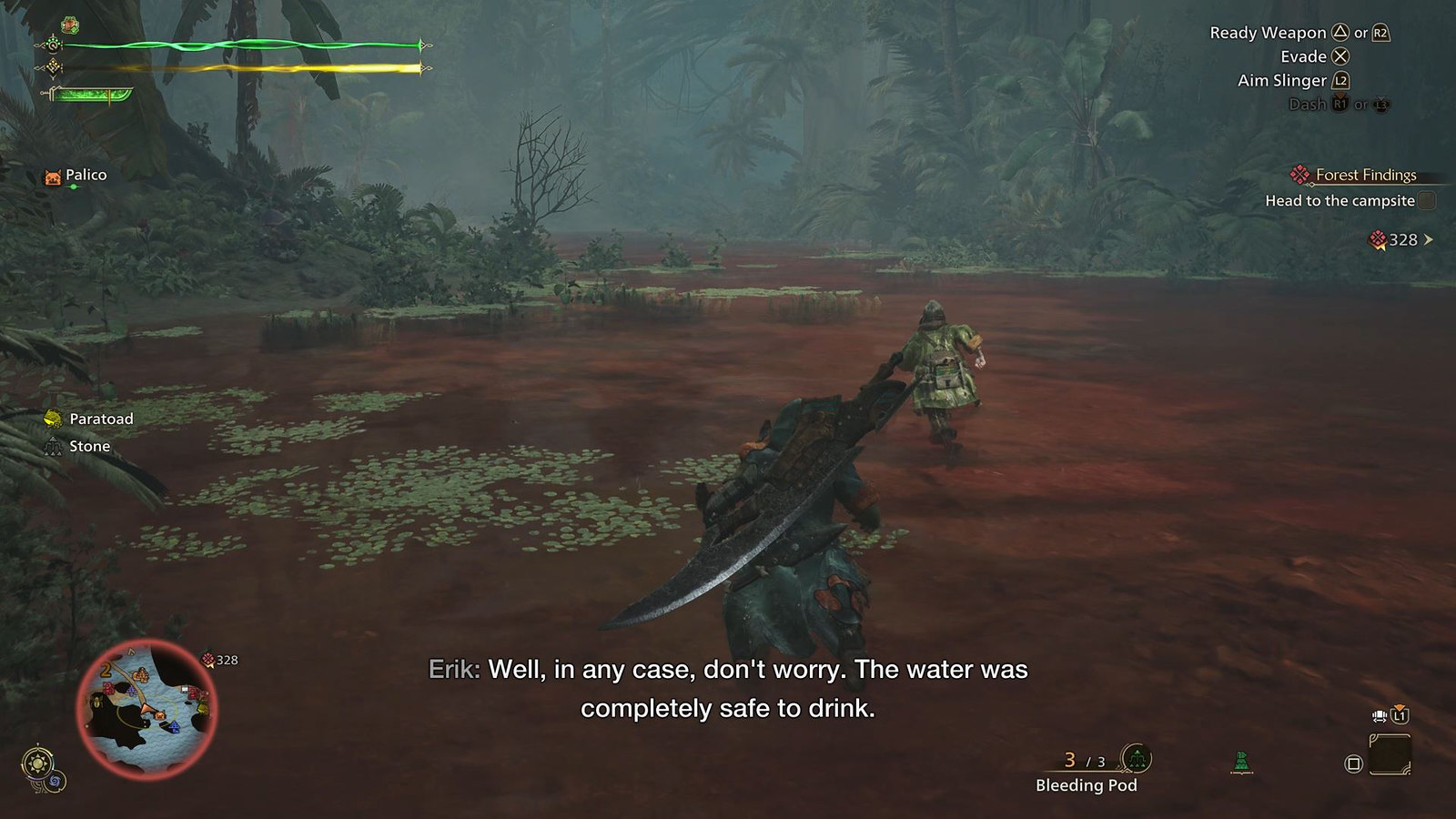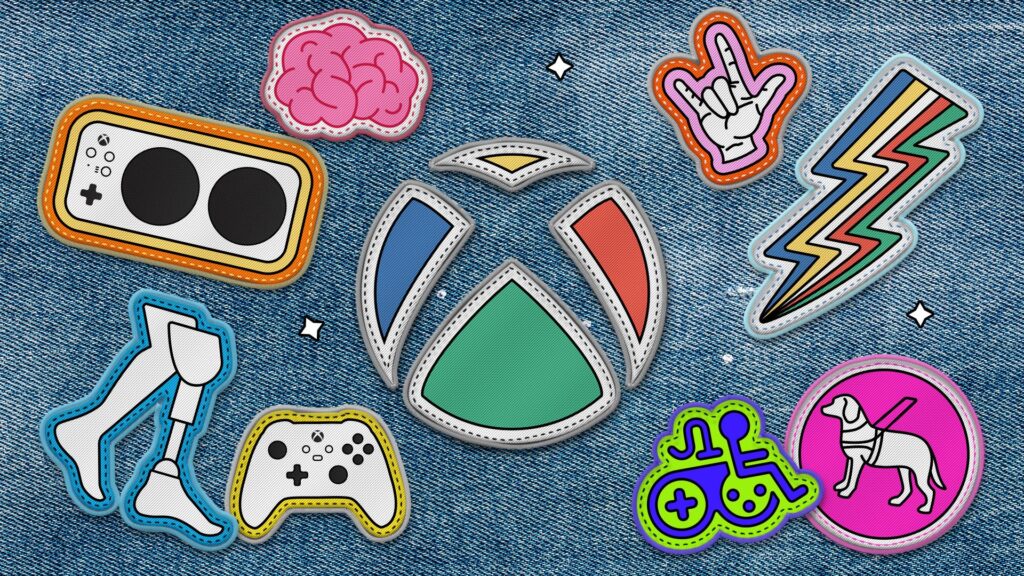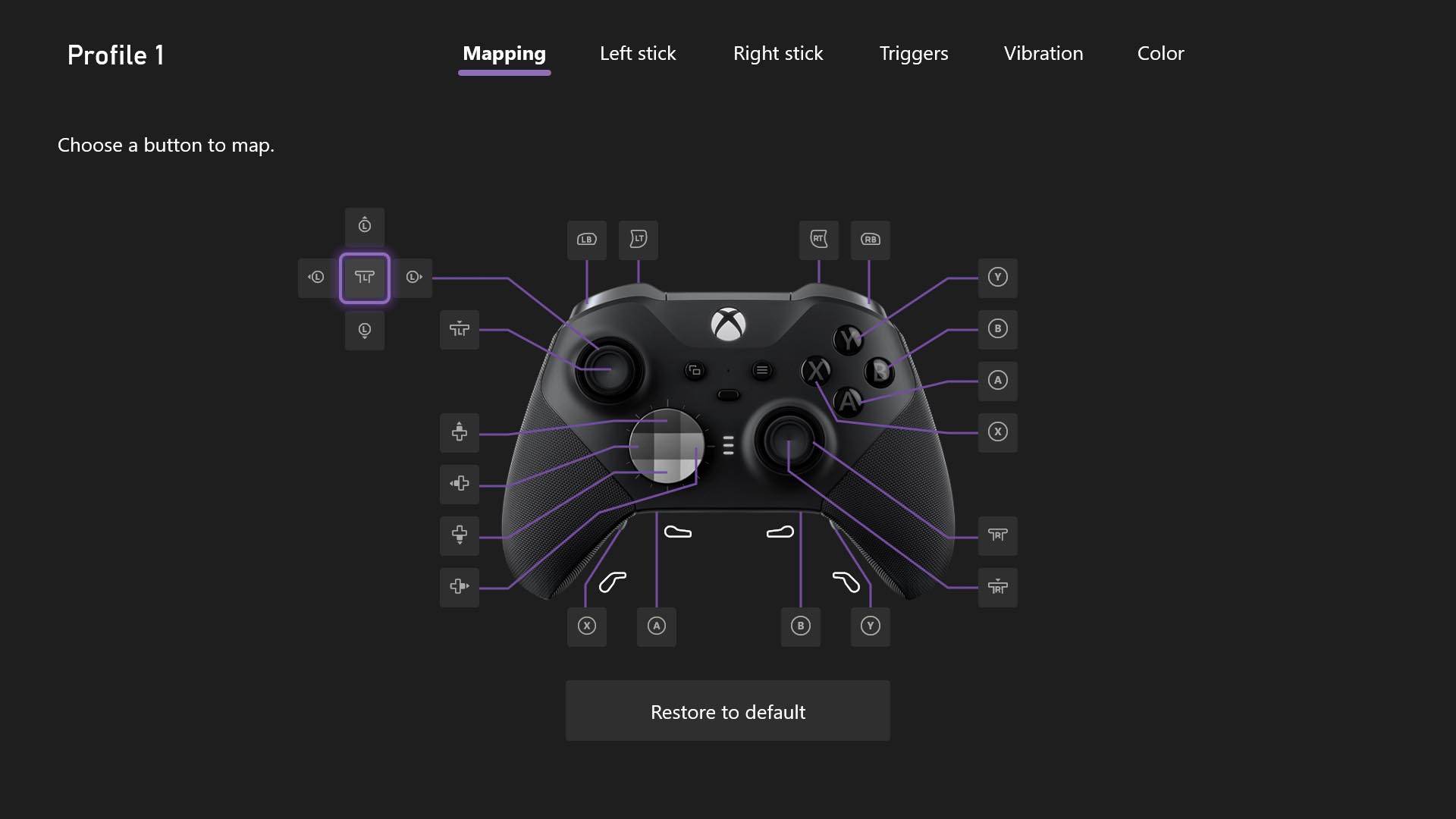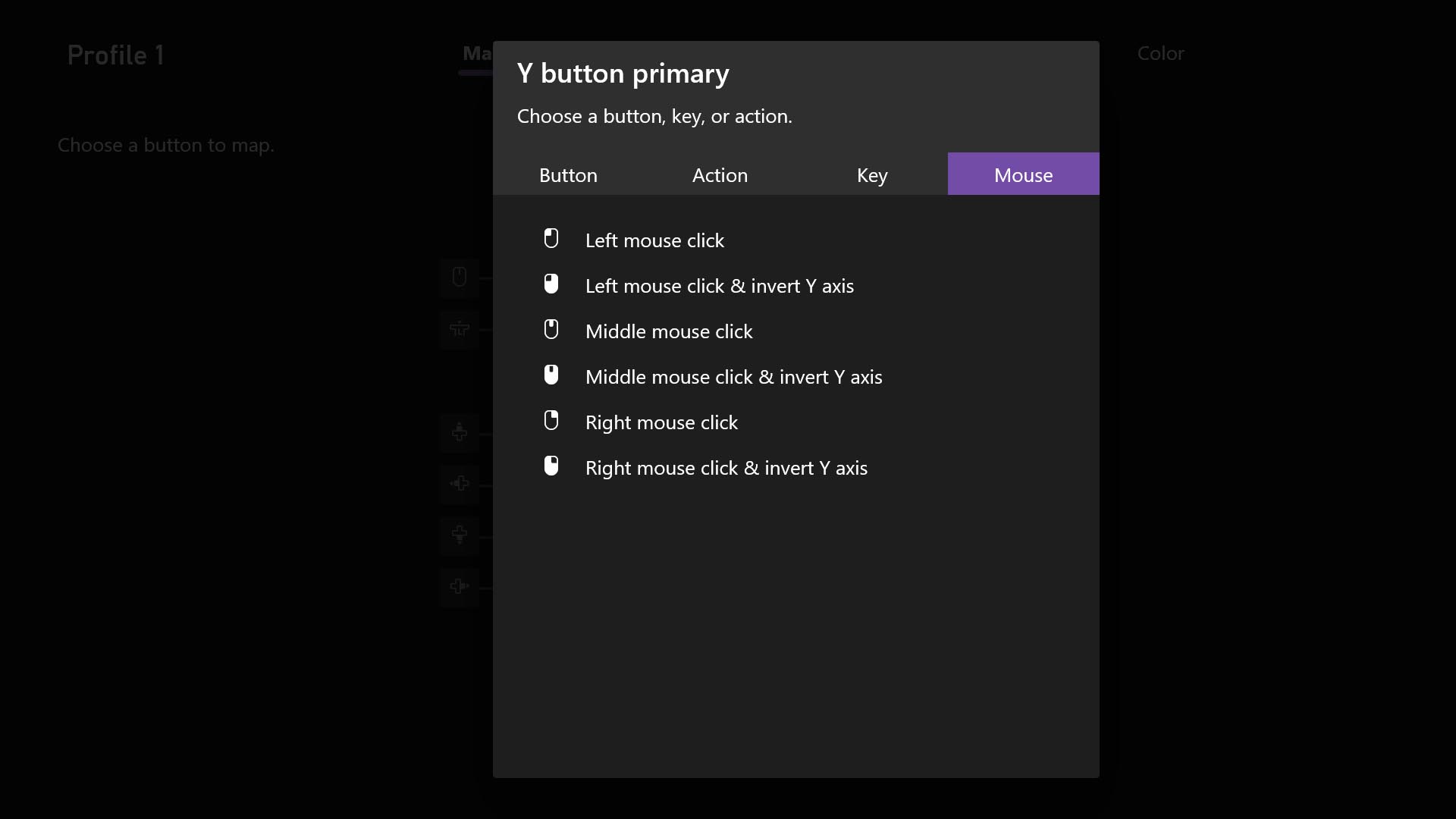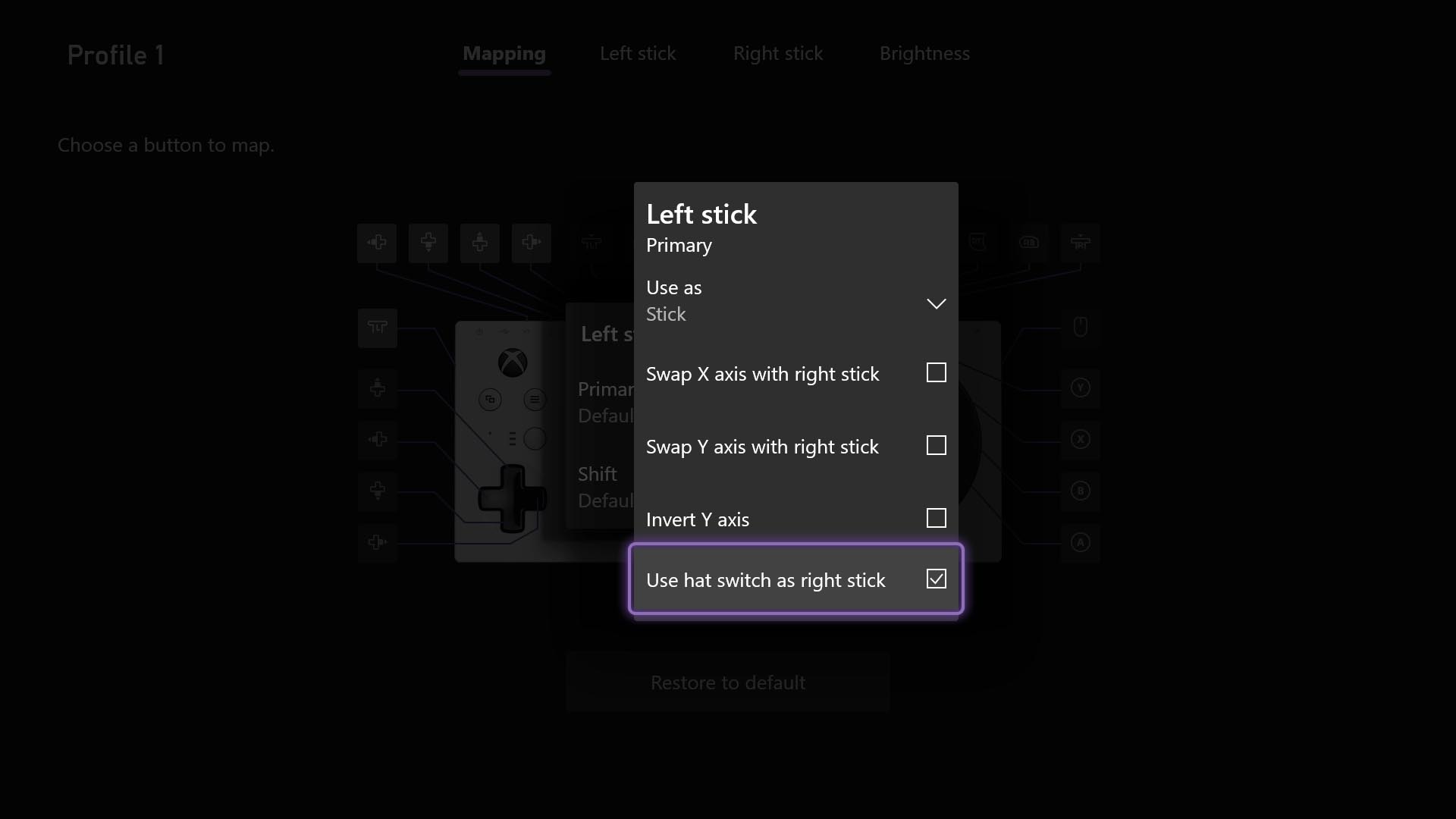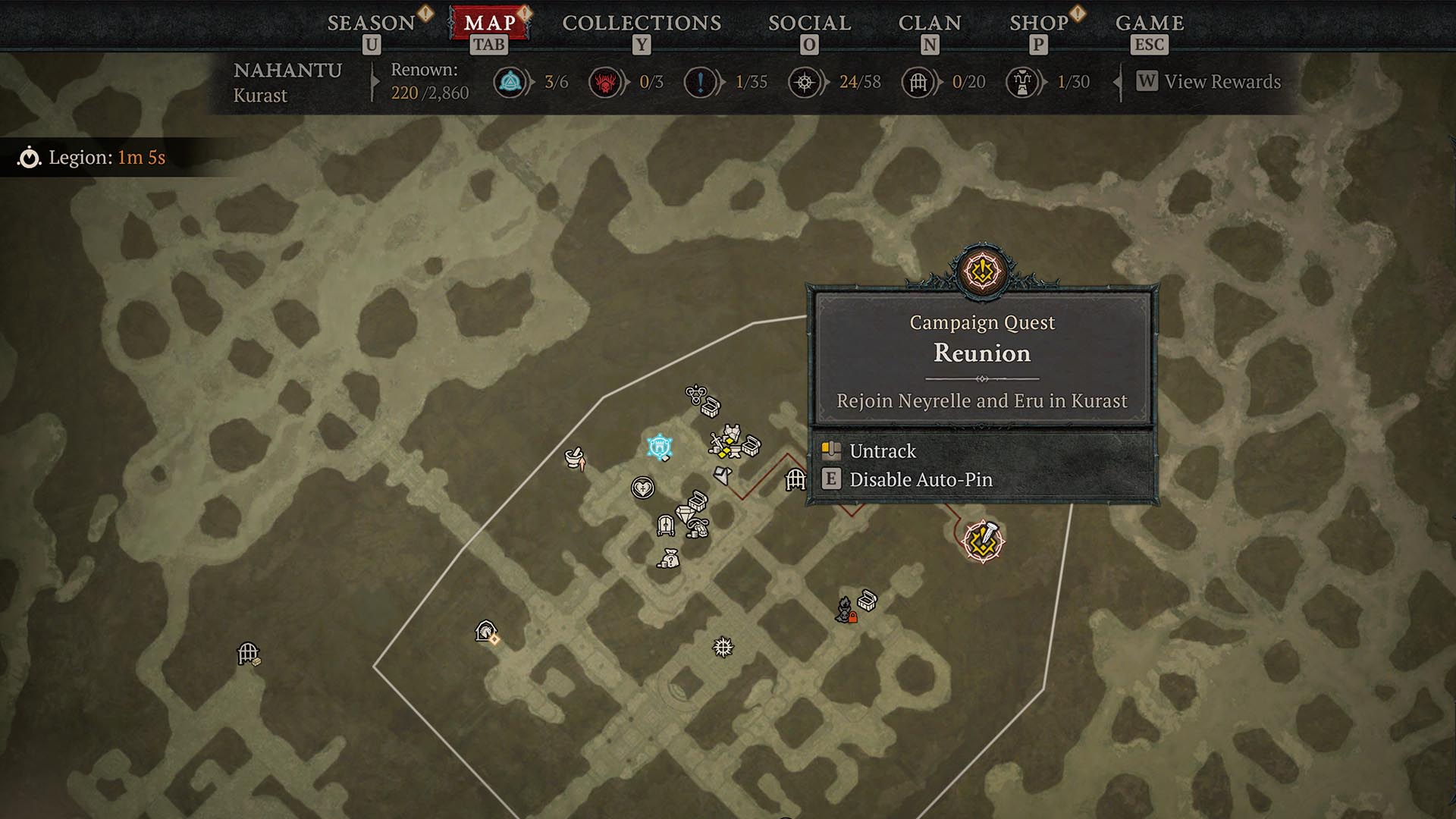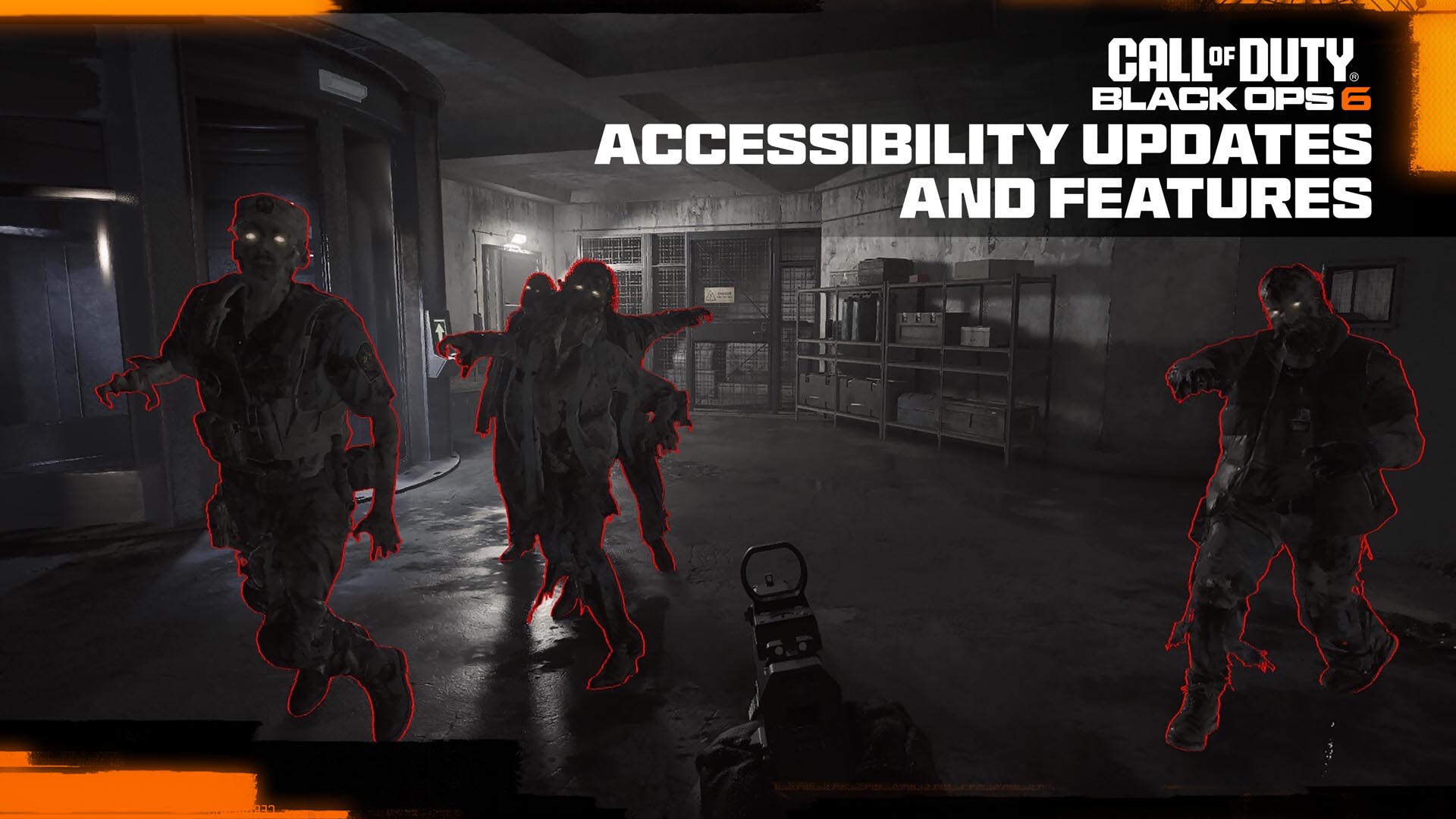In a recent behind-closed-doors demo, we played a section of Monster Hunter Wilds and asked the developers about changes made to weapons and other systems, the biggest being the separation of Equipment Skills between weapons and armor. Read on for more details.
As I played the demo, I realized major changes have been made to the Skills system, where damage-increasing skills and weapon-specific skills like Attack Up and Focus can only be found on or applied to the weapons themselves – a pretty impactful change.
Watch new gameplay of Monster Hunter Wilds above, including footage of Seikret and camp customization.
This is the new Equipment Skill system. In interviews, the dev team referred to skills for your weapons casually as Weapon Skills. Running with that unofficial terminology, let’s call equipment skills for weapons Weapon Skills, and equipment skills for armor Armor Skills. This means that equipment skills in Wilds are split up into these two categories. Weapon Skills generally include skills that affect actions and damage output, while Armor Skills assist in other ways.
Armor Skills include support skills like Speed Eating and Divine Blessing. This new system also affects slots, and the devs confirmed that weapons can only use decorations with skills categorized as Weapon Skills, while armor can only use decorations with skills categorized as Armor Skills.
This really opens up a lot of new ideas. I asked director Yuya Tokuda about his intentions here, and he replied, “Only armor had [built-in] equipment skills until now, but when a piece of armor had a type of skill only effective when used with a certain weapon type, that meant you would have to choose the corresponding weapon. This led to an unavoidable situation where it was harder for people to use those kinds of armor pieces.” The new system solves that issue.
Monster Hunter Wilds now lets you take two weapons with you on a hunt, which must have been another reason behind the change. Since you can now swap to a sub-weapon mid-hunt, it’s great to be able to keep on hunting while maintaining the skills you need to increase your damage to a suitable level or handle your weapon better.
There is one thing I’m still curious about. While I was able to confirm that skills like Guard are indeed on weapons that can block, I’m still not sure which type of equipment utilizes skills like Evade and Evade Distance.
Weapon Balance
Next up is weapon balancing. Producer Ryozo Tsujimoto confirmed that there will be significant weapon balance changes in Wilds. He told me, “There will be major changes not just after what we saw in the open beta, but also in the form of changes we had always intended to add to the final product.”
Tokuda said, “In particular, we plan on putting quite a lot of work into the Lance, Switch Axe, Insect Glaive, and Sword and Shield based on feedback from the open beta.”
He continued, “We’ve tweaked values across the board relating to weapon damage and overall balance, including balance regarding endgame content.” In addition to these numerical changes, the four aforementioned weapon types have (quote) “plenty of work put into how they feel to use.”
While the development side is certainly listening to the voices of the players, they were already taking a proactive stance toward weapon balance changes, and it seems that a proper announcement about the topic will come at a later date. Seeing their attitude put me at ease; the game is clearly in good hands. We’ll see how their intentions pan out when the final game is released in February 2025.
Next, the team told me about the direction and concept of the Switch Axe and the Insect Glaive.
Insect Glaive Changes and the Return of Vaulting Dance
The Insect Glaive is one of my main weapons, and my very first impression was that there were fewer aerial attacks available. It made me wonder if the concept was to reduce the relative number of aerial attacks and make it a primarily grounded weapon. I brought this up with Tokuda, and he began by revealing to me that Vaulting Dance is making a return! This is one of the actions that was so important to opening up possibilities for aerial combat with an Insect Glaive.
As to why it wasn’t there before, Tokuda said, “We were concerned that putting it in this time around would cause players to use nothing but existing movements, rather than focus on the new parts of the game. That’s why we decided to remove Vaulting Dance for a time.”
As for the reason it was brought back, he replied, “Many players at gamescom and Tokyo Game Show told us that it’s not about how strong or weak it is, but that Vaulting Dance is part of the Insect Glaive’s very identity. We realized that we weren’t on the same page as our players there, and so we immediately decided to bring Vaulting Dance back while balancing the ability.”
I was happy to hear about this balance decision as an Insect Glaive user. That said, I did have difficulty during the open beta with the controls for its new charge attack, and I’m hoping that they’ll make it easier to use as well.
Updating the Switch Axe to be More Attractive to Players
I then asked about what direction they want to take with the Switch Axe. Tokuda told me the concept of the Switch Axe had not fully gotten across to players, and that the dev team is balancing it in order to convey what makes it a good weapon. Specifically, he said, “The Full Release Slash that comes at the very end of an attack didn’t fully stand out, both in terms of feel and numbers, making it less attractive when compared to similarly positioned attacks for other weapons. We’ll be sure to address that.”
After hearing about the developers’ plans to balance the Switch Axe to make it a more attractive weapon, it’s clear to me that it’s being properly discussed. Their process to come to the decision to make changes to the Switch Axe backs that up even more, so I don’t think that should be a point of concern any longer.
I’m sorry to admit that I can’t go into as much depth on the Switch Axe as with the Insect Glaive, as it isn’t one of my main weapons, but other media outlets were also present at this hands-on session, and I’m sure some of them include players who go hard on the Lance, the Gunlance, the Bow, the Long Sword and more, so keep an eye out online for more information on your favorite weapon!
Translated by Ko Ransom.

